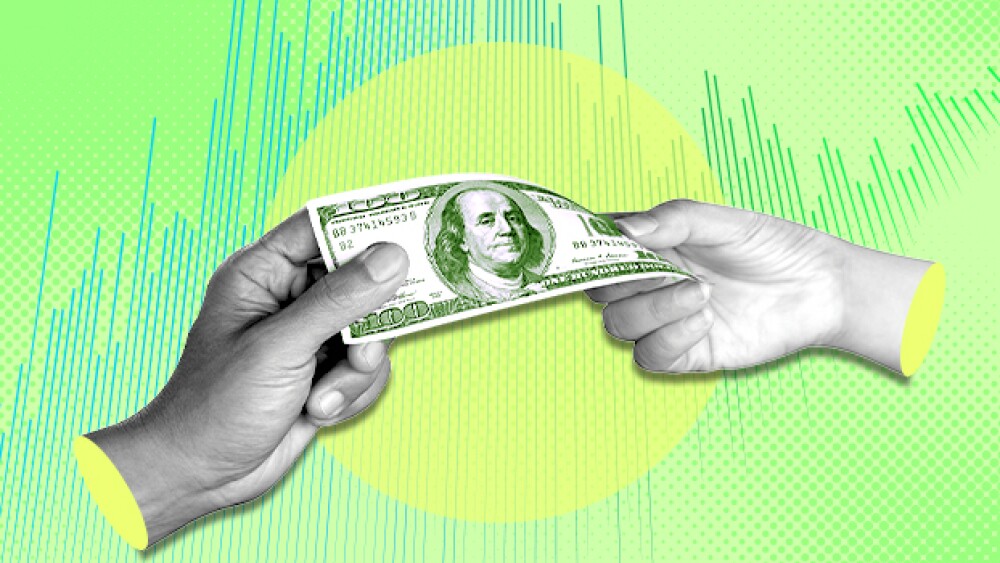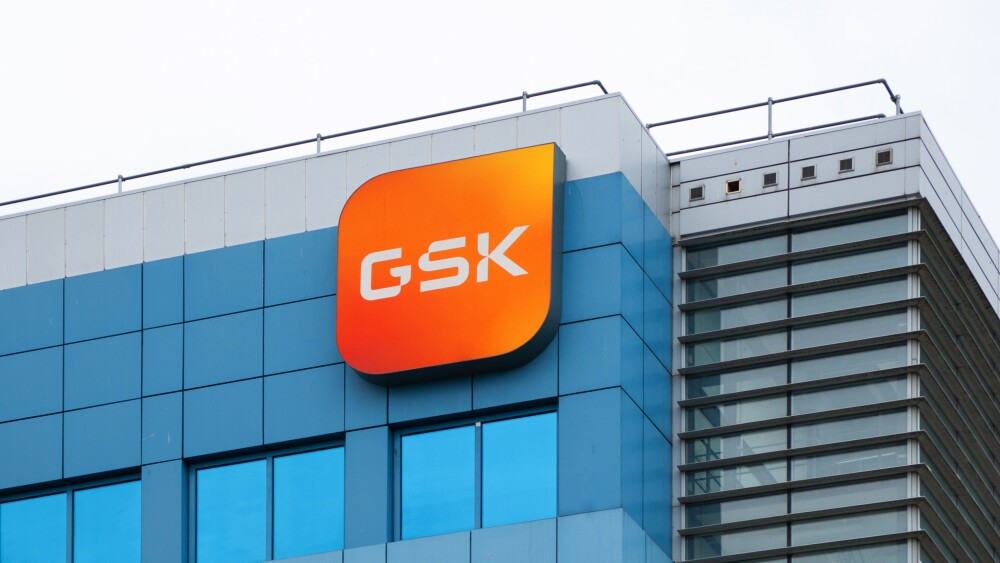A new, nanoparticle tool mimics the way the SARS-CoV-2 virus infects a cell, letting scientists perform vital COVID-19 research without the risk of becoming infected themselves.
A new, nanoparticle tool mimics the way the SARS-CoV-2 virus infects a cell, letting scientists perform vital COVID-19 research without the risk of becoming infected themselves. Consequently, any lab – not just those with viral containment facilities – can study this deadly virus safely.
“Our quantum dot tool mimics the general shape, size, and function of the virus,” said Kirill Gorshkov, Ph.D., a translational scientist at the National Center for Advancing Translational Sciences (NCATS), a part of the National Institutes of Health, and a co-corresponding author of the study. Although the binding of the spike protein to ACE2 is readily known, “because the quantum dots fluoresce brightly, they can be tracked under a microscope, giving us a powerful system to track viral attachment and effects on the cell in real time.”
The quantum dot – a fluorescent nanoparticle – is made from cadmium and selenium. Measuring about 10 nanometers in diameter (3,000 times smaller than the width of a human hair), the surface of each dot is studded with the portion of the SARS-CoV-2 virus spike protein that binds to the angiotensin-converting enzyme 2 (ACE2) receptor on human cells and leads to viral infection.
“Our goal is to create a screening system to find compounds that block SARS-CoV-2 from binding to cells and infecting them,” Gorshkov said. “We know that in cells that have ACE2 our pseudovirion model will mimic viral infection, and in cells without ACE2 it does not.”
Developed jointly by researchers at NCATS and the Naval Research Laboratory (NRL) in Washington, D.C., this nanoparticle SARS-CoV-2 model is ready for commercialization, to help speed the development of therapeutics to treat COVID-19.
“The ACS Nano paper (where this data was published) was rigorous and has raised a considerable amount of interest. We know this is a very useful tool but aren’t yet working with a company for commercialization. At this point, we’re talking with groups,” Gorshkov told BioSpace.
The research team found that the quantum dots not only mirrored the viral infection, but also mirrored the virus’s behavior in the presence of antibodies. Specifically, the antibodies that neutralized the viral Spike also inhibited the quantum dot probes so they could not bind to ACE2 and infect human cells. Consequently, the quantum dots could help researchers screen potential drugs against the virus and determine the concentrations necessary to interrupt binding.
Ten researchers are named authors on the recent ACS Nano paper. Six are from the NIH and four are from NRL.
“At NCATS we work on rare diseases with unknown targets, but for COVID-19 we switched gears,” he said. “We knew that S protein and ACE2 binding was critical for viral infection. We’ve known that since the 2003 SARS outbreak. If you can stop that interaction, you can block the infection.”
NRL, for its part, has a long history of designing and producing quantum dots. Mason Wolak, acting head of NRL’s optical nanomaterials section, approached NCATS in late March with the idea of combining the viral spike and quantum dot technologies to model the virus, he said. “Kimihiro Susumu generated the dots, Eunkeu Oh had the idea to put the virus on the dots, and Wolak put the team together,” Gorshkov told BioSpace. “Now, we are moving quickly to apply our quantum dots.”
The immediate effort involves identifying drugs that can be repurposed as COVID-19 therapeutics. “We need to find small molecules or other therapeutics to block the viral spike from reaching the ACE 2 inhibitor,” Gorshkov said. “We’re looking for FDA-approved drugs, and are going through our libraries, compounds found in the literature, and other avenues of research to see if the drugs can be validated for COVID-19 using our assay.
“The tool can serve as a platform to study the viral protein interactions of other cells as well,” Gorshkov continued. “It’s a matter of isolating the protein to make it safe, and then looking at what happens with different diseases and cell types.” Subsequent applications could involve “a different virus, a different surface protein, and a different partner on a human cell,” he said.
As the team thinks about COVID-19, its members are considering whether other receptors may also bind to the viral spike. Researchers already know cells in the lung and respiratory tract can be infected by the SARS-CoV-2 virus, and there is evidence of binding in an epithelial lung cancer cell line.
“We need to know (if other binding sites) exist, what happens if they come together with the spike protein, and whether there are other cells that are susceptible to infection,” Gorshkov said.
If other binding sites are found, the team may extend this model to those sites as well. Additional applications may include testing how mutations in the spike affect the behavior of the virus, whether this model can deliver drugs directly to cells, and applying the quantum dots to more tightly targeted treatments to specific organs or cell types.






